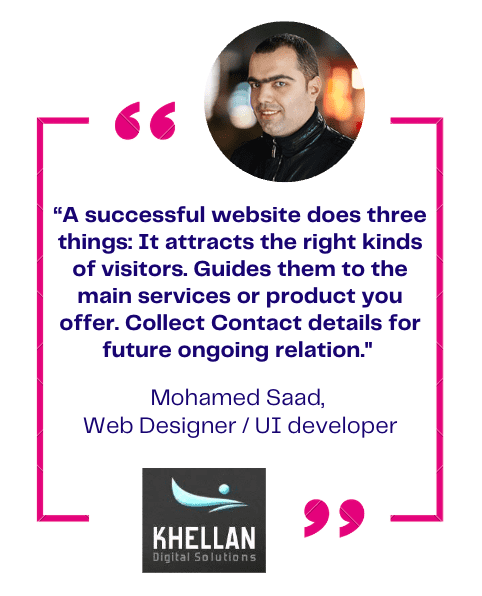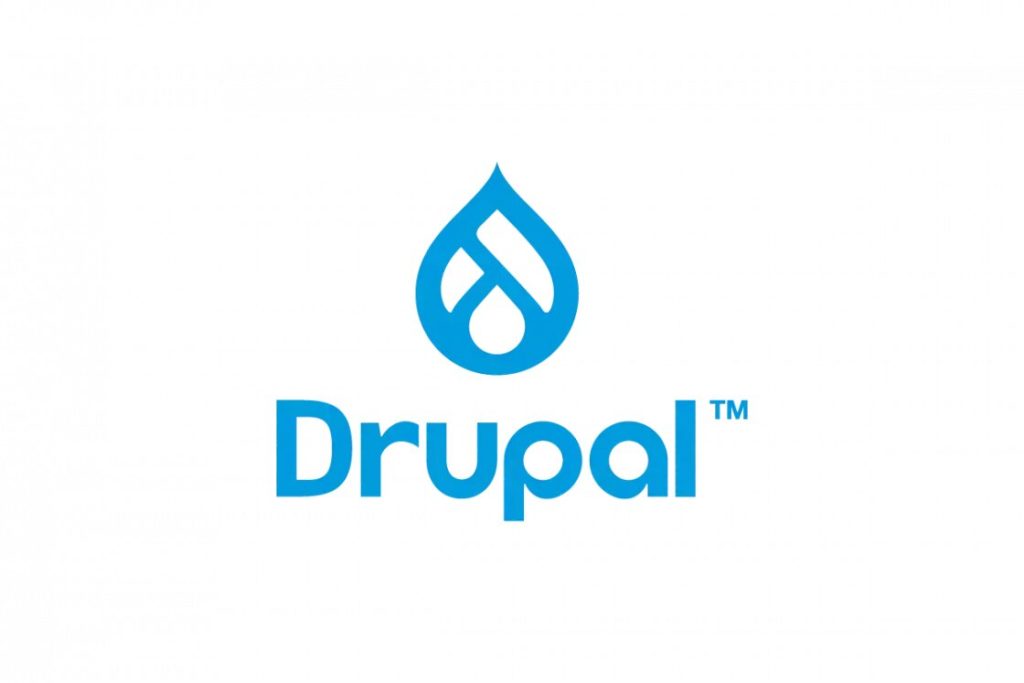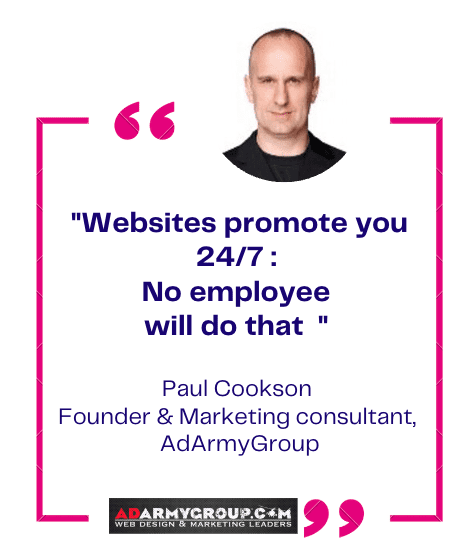1.92 billion… This is the impressive number of websites existing worldwide in 2022 according to Internet Live Stats! However, this data should be put into perspective, because the number of sites still active is estimated at 200 million.
3 new websites are created every second according to Internet Live, or 170 per minute! Nowadays, we can all be led to create a website, whether for a personal blog, an association and of course in the professional context for our company.
Eminence guides you through one of the fundamental steps of your web strategy: choosing the right CMS. What are the advantages of the CMS found on the market, what criteria to take into account and what questions to ask yourself before deciding. We will then introduce you to the AEM, Adobe Commerce (aka Magento) and Drupal CMS, which are less widespread than WordPress or Shopify, but which have many advantages.
The choice of a CMS: an important decision for your strategy
What is a CMS?
A CMS (Content Management System) refers to a content management system, essentially a software that makes it possible to design an online website, manage and modify it easily.
Why use a CMS?
The advantage of using a CMS when creating a basic website is that you do not have to do any coding. You therefore do not need to have any knowledge of web development or computer language, such as Javascript, CSS, HTML, etc.
However, as soon as you have specific and personalized requests, you will most certainly need to use an agency or developers to carry out computer programming.
On the other hand, CMS have many advantages:
- regular updates, to limit viruses and computer vulnerabilities,
- the provision of compatible plugins and extensions to add modules to your site: functionalities, design, statistics, etc.
- the presence of an administrative dashboard to easily access all the parameters,
- ease of use making it accessible to different types of users,
- rapid implementation to support your business,
- the possibility of coding to be able to adapt the CMS to your own needs.

The criteria for choosing the CMS best suited to your objectives
Nearly a hundred CMS exist to date! How to choose among all the proposed solutions? Eminence gets you to think about the right questions that you need to ask yourself to guide your choice among the different CMS on the market.
Opt for an Open Source CMS or a Proprietary CMS?
There are two types of CMS: Open Source CMS, free access and Proprietary CMS, developed by private companies.
Open Source CMS:
They are free and freely downloadable and can be enhanced with free or paid extensions and plugins.
In parallel with having to find a host, Open Source CMS require some settings such as regular updates and backups. It is possible to develop your website with coding, which requires knowledge of computer programming.
We can cite the leader WordPress with 64% market share, Joomla, Drupal, Adobe Commerce (ex Magento)and Prestashop.
Proprietary CMS:
They are developed by publishing companies that offer them with paid online access, usually monthly, including hosting services, technical integration, updates, and customer and technical support.
There is little free field to evolve its site with the development of specific functionalities since the CMS belongs to a company.
Among the main ones we can mention: Shopify, Wix, Squarespace and Adobe Experience Manager (AEM).
 Define your business goals and identify your IT skills
Define your business goals and identify your IT skills
Many questions are taken into account in the criteria for choosing the CMS that will be the most suitable for your company:
- Is your goal to make a showcase site, a personal blog, an e-commerce site or an internet platform?
- Your medium and long-term ambitions: do you plan to offer new functionalities on your site or to develop new activities within your company?
- The features you want to include: do they already exist in the target CMS or do they need to be developed?
- The ergonomics of the site: will it be easy to manage on a daily basis? Do the design and available themes match your business?
- Technical knowledge and skills available: do you have internal resources to create, manage and maintain your site?
- Can the tools and systems you currently use be compatible with the solution you are considering?
- Does your budget allow you to offer a tailor-made site or use a CMS?
- Site performance: speed, volume of traffic, data, number of pages, etc.
So many questions that will allow you to refine your needs and restrict the selection of CMS available on the market.
Use an agency or develop your site in-house?
Once you have taken into account what your needs are, your internal skills, your budget, but also the time you have at your disposal, you can determine if calling on an agency is necessary to make your website project a reality.
The advantage of consulting an agency is that it will allow you to clearly identify the different possibilities available to you and to personalize them according to your activity. An agency will offer you many settings and features that you might not have thought of.
A digital communication agency will advise you as much on the technical part as on the design, by focusing its reflection on the ergonomics of the site through the user journey. CX and UX are at the heart of the process to offer the most optimal and pleasant browsing experience for your current and potential users and customers.
Presentation of the different CMS
WordPress Shopify, Joomla, Wix, etc. There are many comprehensive CMS comparisons across the web, showcasing the various characteristics of each to help you in your choice.
Today, we will present you to lesser known CMS which are nevertheless used by important international companies, and on which we have developed projects for the creation or migration of websites.
Let’s start by discovering AEM (Adobe Experience Manager), Adobe Commerce and Drupal.
AEM – Adobe Experience Manager :
 What is it?: a complete tool that allows you to create marketing and cross-channel content. It is the first cloud-native enterprise content management system.
What is it?: a complete tool that allows you to create marketing and cross-channel content. It is the first cloud-native enterprise content management system.
AEM offers tools to quickly create, obtain, store, adapt and distribute thousands of assets through an intelligent system based on AI and automation.
Who is he talking to ? AEM is particularly suitable for managing its web content and can be interesting for any type of company’s active on several channels and wishing to collect data on the profile of its visitors.
Its advantages: Thanks to its cross-channel dimension, AEM readjusts personalized content on all media intended for different types of audience, with the aim of personalizing the relationship.
What to expect: By combining AEM, specialized in content, and Adobe Commerce, expert in e-commerce, you will be able to offer an optimal experience to your customers and your internal teams.
Examples of companies: McDonald’s, Philips, TF1, Airbus, Havas, etc.
Read also :
→ McDonald’s – From DJANGO Framework to Adobe Experience Manager (AEM)
Adobe Commerce (ex-Magento): a highly configurable open source e-commerce solution

What is it ?: Adobe Commerce is a platform for creating large-scale e-commerce sites, acquired in 2018 by Adobe. It works on the Zend framewok thanks to modules.
Who is he talking to ? This solution is particularly suitable for complex and technical projects, especially in large-scale e-commerce, and particularly for multilingual sites and using several currencies. It requires a solid infrastructure and ideally a team of developers to take advantage of its full potential.
Its advantages: perfectly configurable, Adobe Commerce allows a high degree of customization and is one of the most complete CMS.
What to expect: technical knowledge is required to install and configure Adobe Commerce. A learning phase will be desirable to master the administration interface.
Examples of companies: Olympus, Puma, Seat, Burger King, HP, Canon, etc.
Drupal: a booming open source CMS
 What is it?: it is designed in the image of a social network platform and is based on a Symfony framework.
What is it?: it is designed in the image of a social network platform and is based on a Symfony framework.
Drupal is also likened to an API through its PHP (Content Management Framework) development environment. It works on the principle of decoupling, storing content and data that will then be used by other applications (back-end, native, “single-page”, chat bots, bulletin boards, etc.) than Drupal completes.
Decoupling makes it possible to develop the back and front-end and to integrate new technologies more quickly. The user experience is more easily managed across communication channels in an omnichannel strategy.
Who is it talking to ? Thanks to its flexibility, Drupal is acclaimed by web agencies and is particularly suitable for tailor-made and ambitious projects.
Its advantages: this free software programmed in PHP can be enhanced with modules, which can themselves be recoded to extend the functionalities according to the needs of the company. Modules can also interact with each other. Drupal works via a node system coupled with a particularly flexible hierarchy.
What to expect: learning is necessary to exploit its full potential, in particular the choice of modules which can be complex.
Examples of companies: Tesla, Nasdaq, Nokia, Carrefour, Warner, LEM, many French institutional sites, etc.
Read also :
→ LEM – migration from Drupal 8 to Drupal 9
CONCLUSION
Before you start, it is essential to precisely analyze your medium and long-term objectives when you plan to create or migrate a website. The more complex the project, the more you will need to develop specific modules. This can be expensive and tedious if you do not immediately choose the CMS that will suit you best.
To help you in your thinking, our strategy and IT experts can advise and support you in your project. Do not hesitate to contact us so that we can evaluate together the best solution according to your activity and your needs.



 Define your business goals and identify your IT skills
Define your business goals and identify your IT skills